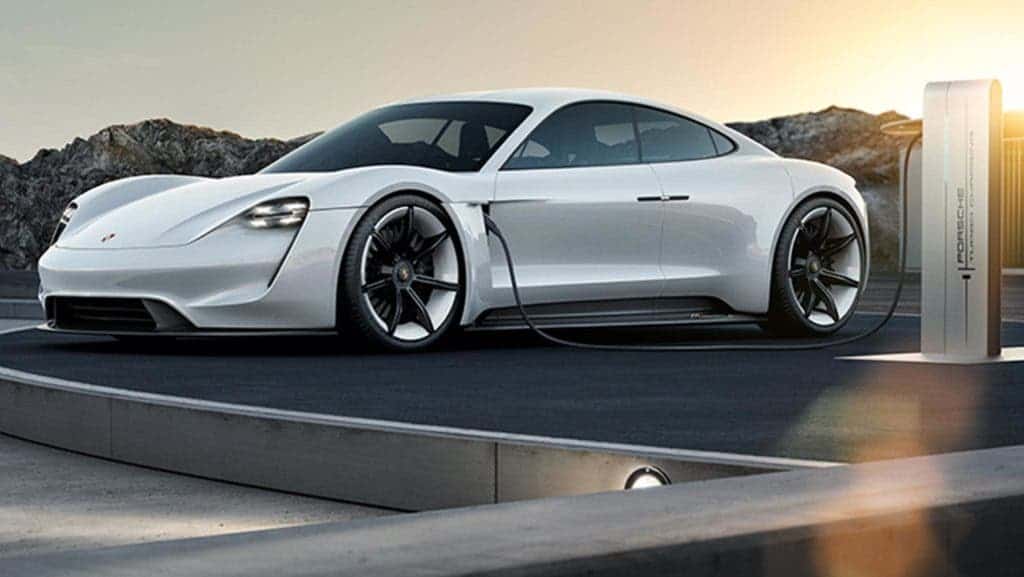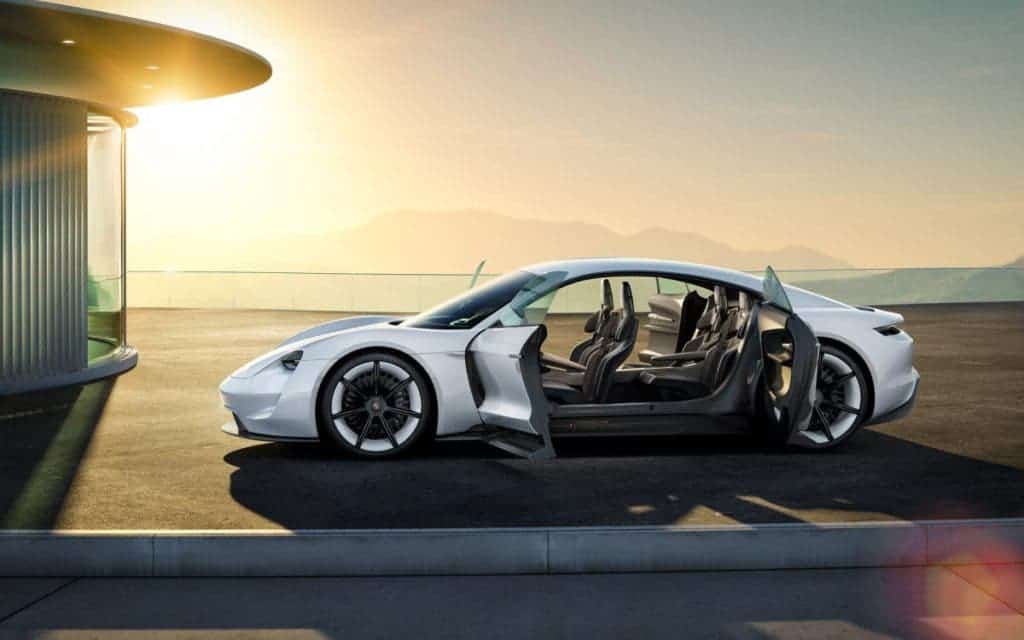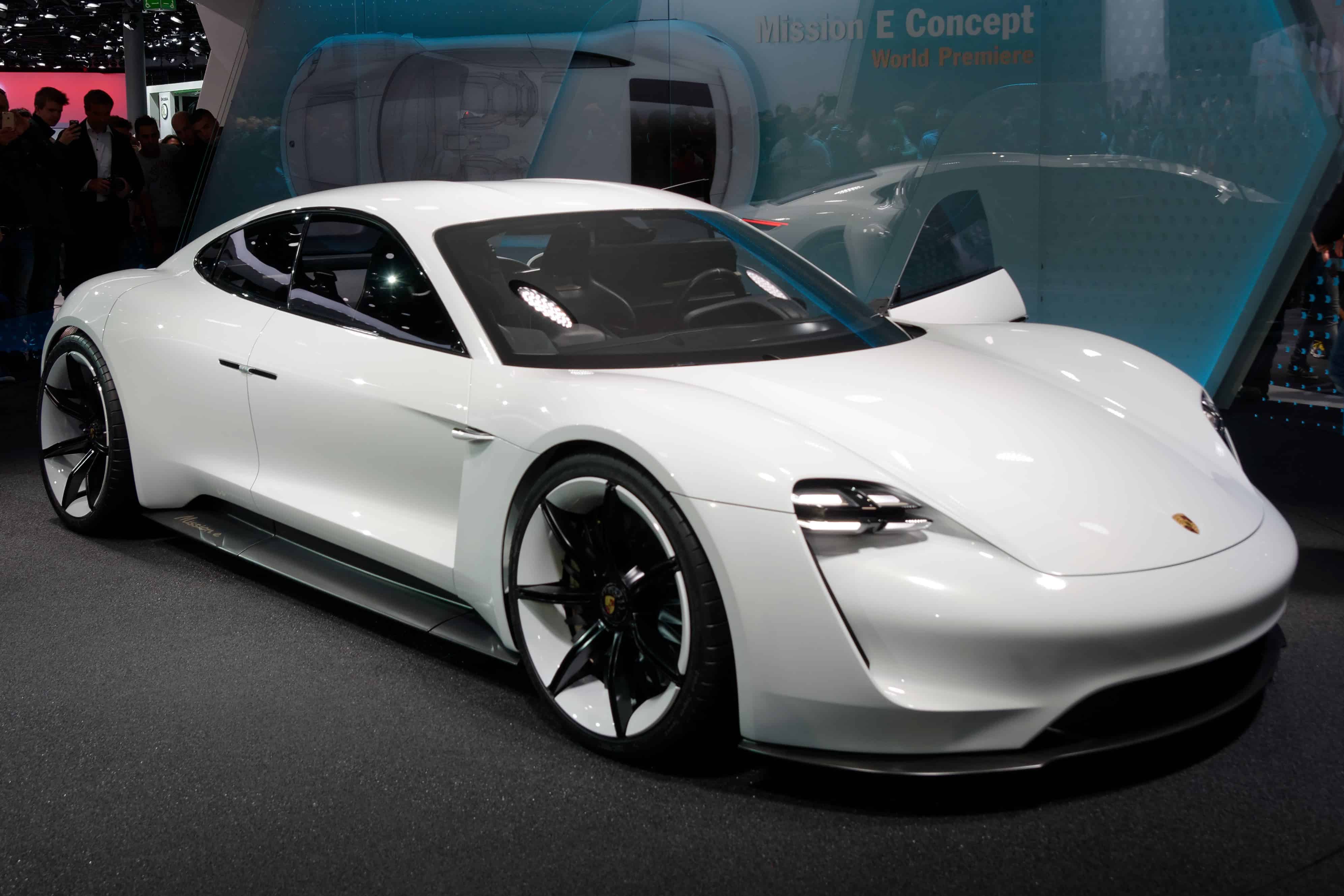
Tesla has some serious competition heading its way once Porsche starts rolling out the Mission E as early as 2020. This is Porsche’s first fully electric vehicle and while details so far have been rather cryptic, the press has been thrown a bone from time to time. One of the most recent breaking news about the Mission E is that it should be capable of charging in only 15 minutes, according to Detlev von Platen, Porsche board member and former CEO of Porsche Cars North America.
“If you’re having some fun on the track, waiting 6 hours to recharge would bother you. That’s why we are working so hard on a technology that would charge the battery in 15 minutes.” von Platen told Tim Stevens from Cnet.
When von Platen talks about ‘having fun on the track’ he means it. Previously, we learned that the Mission E, which looks as stunning as any Porsche by the way, will be equipped with two motors and an all-wheel-drive packing 600 horsepower. It can reach a top speed of 150 miles per hour but can get from zero to 60 in only 3.5 seconds, which is still inferior to Tesla’s Model S P100D 2.5 seconds in Ludicrous Mode but, really, who drives this insanely?
As for usability, the Mission E has four seats and four doors which open in a radically different way, as seen below. There are no exterior mirrors. Instead, a display mounted on the lower corner of the windshield shows what’s going on around the car from camera feeds. Wait, there’s more. There’s also a camera that detects where the driver is looking and a computer detects what instrument on the dashboard the driver wants to open. The instruments displayed on the car’s dashboard also shift position along with the driver as you move higher or lower on the seat, for instance.





